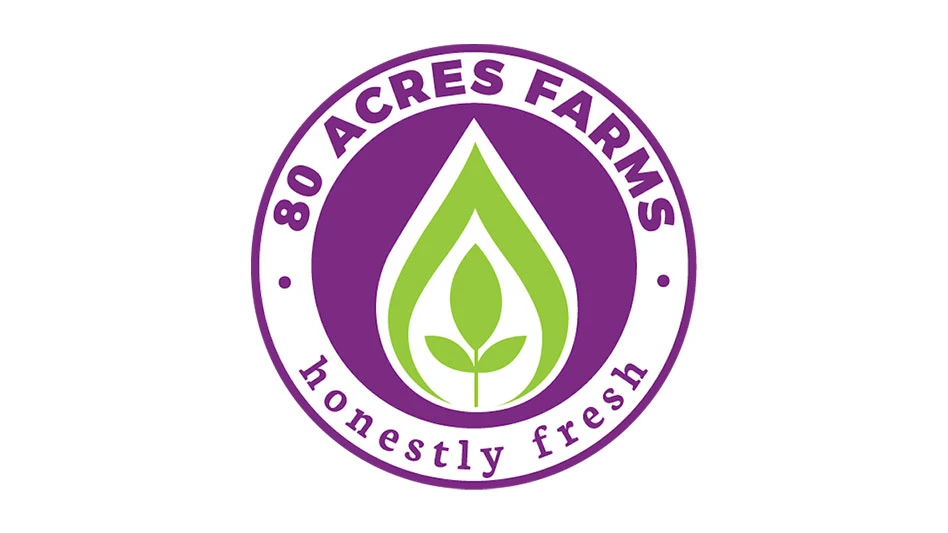
Photo courtesy of Erich Schoeller
Erich Schoeller is an assistant professor of controlled environment agriculture integrated pest management in the Department of Entomology at the University of Georgia. He aims to better understand how various factors contribute to the success or failure of pest management programs in CEA using broad approaches ranging from determining the behavioral components of predator-prey interactions to understanding production-level impacts on pest and natural enemy populations.
At Indoor Ag-Con, Schoeller joins a panel of experts to discuss “Mastering Integrated Pest Management: Best Practices for CEA Success.” We asked Schoeller to weigh in on some of the basics of biocontrol in CEA production.
Produce Grower: What is a common misconception about integrated pest management in CEA operations?
Erich Schoeller: One of the biggest IPM misconceptions, not only in CEA but all agricultural production systems, is that eradication of pests is the end goal. Eradication of pest populations is not typically achievable long-term or without incurring significant costs associated with frequent conventional chemical pesticide use in most crops.
What should be the end goal for IPM programs instead is pest suppression to population densities that are below economically damaging levels and implementing tactics that maintain these levels. It is important for growers to know the economic injury levels (EIL) for each crop-pest combination to determine the amount of pest injury which will justify the cost of control. Additionally, determining economic thresholds (the pest density on plants at which control measures should be implemented to prevent populations from reaching the EIL) is a critical component for any IPM program.
PG: What’s the most important part of a CEA grower’s IPM plan?
ES: To implement a good IPM program, growers must commit to all its components (prevention, detection and control). Scouting (detection) for pest issues is the most important component of a successful IPM plan in CEA. Scouting is a key tactic for dealing with pest outbreaks early to reduce costs associated with pest management and prevent crop losses. It is also important for knowing which pest species you are dealing with and determining where pests are a problem in the facility to both refine and narrow the scope of control measures. Training opportunities for employees to teach them how to scout for pests and disease should be an important component of every grower’s CEA operation.
PG: What is one of the biggest obstacles preventing solid IPM plans in CEA operations?
ES: One of the largest obstacles for implementing IPM programs in CEA operations is survival of biological control agents in food crops. CEA facilities are closed (vertical farms) or semi-closed (high tunnels and greenhouses) systems, which poses a challenge for biological control agents. When pest population densities get low, they must seek out additional food resources or starve, which is not often possible except in high tunnels. This leads to the collapse of biological control agent populations and increased costs associated with purchasing new agents when pests reemerge. Many of these biological control agents are generalists and can feed on different food resources to sustain themselves. Major CEA food crops, however, such as herbs and leafy greens, provide no food resources for biological control agents to sustain themselves during periods of low prey densities. This is not as big of an issue for CEA ornamentals, which have pollen and nectar available.
PG: Is there a predator or nematode you’d say is the biggest workhorse in CEA crops?
ES: The three most consistent pest problems CEA growers face are with whiteflies, thrips and spider mites. Aphids can also be substituted into this list depending on the crop being grown and the location of the operation. Generalist predatory mites such as Amblyseius swirskii are very important biological control agents for CEA operations, as they can deal with multiple pest types simultaneously. In the case of A. swirskii, they feed on the immature stages (eggs and nymphs/larvae) of whiteflies and thrips as well as both immature and adult stages of spider mites. Consider using the minute pirate bug Orius insidiosus to do the heavy lifting for managing whitefly and thrips adults as well as aphids.
This article appeared in the January/February 2025 issue of Produce Grower magazine under the headline "Questions with Eric Schoeller."

Explore the Jan/Feb 2025 Issue
Check out more from this issue and find your next story to read.
Latest from Produce Grower
- The Growth Industry Episode 3: Across the Pond with Neville Stein
- University of Evansville launches 'We Grow Aces!' to tackle food insecurity with anu, eko Solutions
- Lawsuit challenges new H-2 visa rules
- Q&A: Sandra Eskin Leads Food Safety Advocacy Organization, STOP, as CEO
- Find out what's in FMI's Power of Produce 2025 report
- Martin A. Makary Sworn in as FDA Commissioner
- PG CEA HERB Part 2: Analyzing basil nutrient disorders
- LettUs Grow, KG Systems partner on Advanced Aeroponics technology






